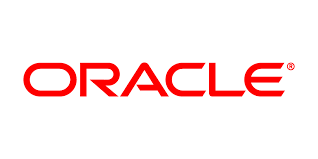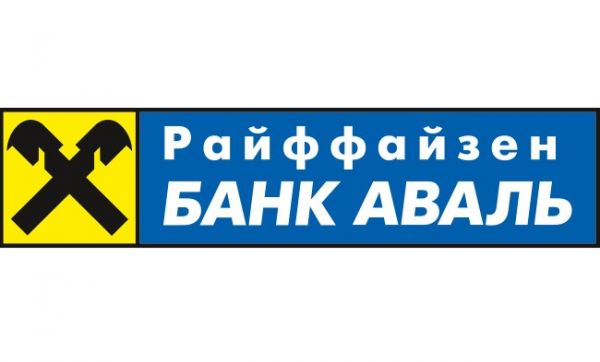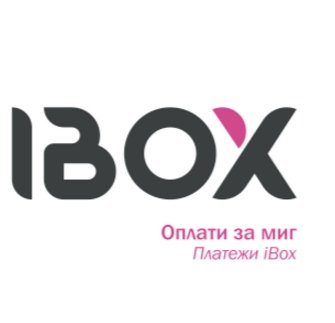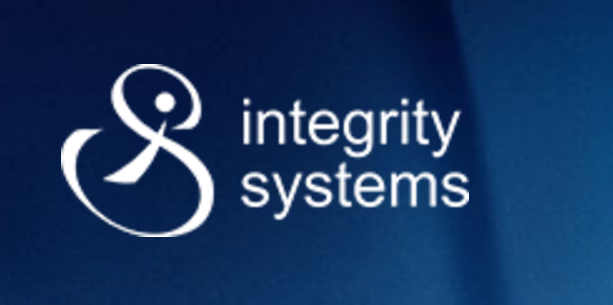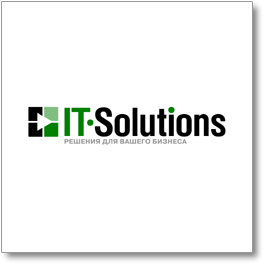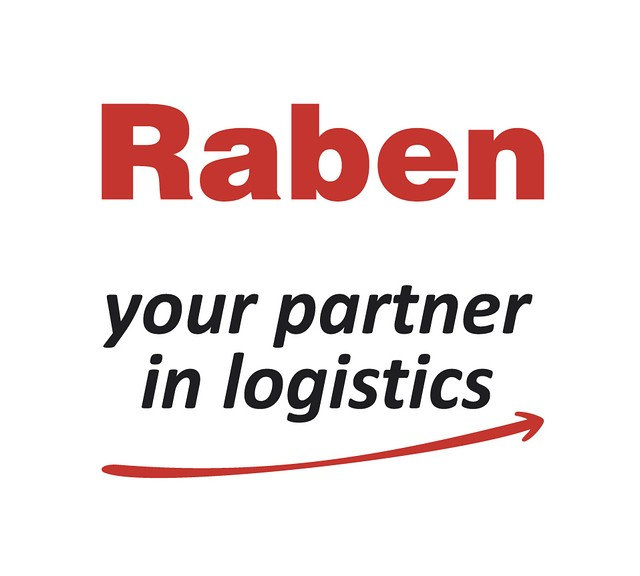Oracle Cloud Infrastructure Object Storage Classic for Security company
Categories
Description
Pinnacle Security Uganda Secures Its Data With Oracle Cloud
"I couldn’t believe how easy it was to use Oracle Cloud Infrastructure Object Storage Classic, which proved to be a great off-site storage solution for our sensitive data and files. It addresses our immediate requirements perfectly—I wish we started using it earlier." — Bernard Awio – IT Administrator, Pinnacle Security Limited
Details
Business tasks
Reduce Costs
Ensure Security and Business Continuity
Problems
Aging IT infrastructure
Total high cost of ownership of IT infrastructure (TCO)

